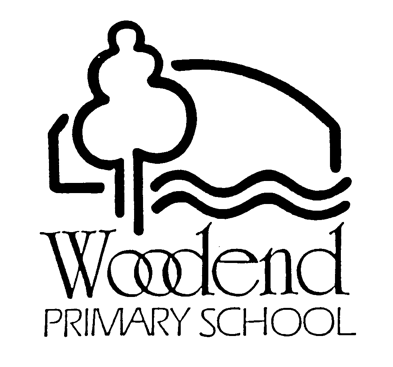Dear Parents and Caregivers
You will receive your child’s mid year student reports at the end of this term and we wish to draw your attention to important aspects of our assessment and reporting practices that will be reflected in the achievement grades. We hope this letter clarifies how teachers are assessing and reporting on the learning evidence, in particular what a C grade means.
Teachers are gaining an ever-increasing understanding of the Australian Curriculum and consequently the 2016 Reports reflect a greater rigour by teachers in reporting against the Achievement Standards. Part of this rigorous approach is for grades to be more focused on evidence of learning processes and products in relation to the achievement standards, and not on student potential. Consequently, teachers may be applying higher standards to assigning C, B & A grades this year.
Please Note: We do not assign A-E grades in reporting on students in the Reception year. The Mid Year Reception report contains information to families using Foundation Year (Reception) within the Australian Curriculum.
Teachers are using a range of evidence to assign A-E Achievement Grades with the following in mind:
- The capacity of students to transfer what they know to new and increasingly unfamiliar contexts: D grades indicate students are likely to only be able to apply their understandings to the same, familiar contexts. C grades indicate that there is evidence that students can transfer their learning into new contexts (similar but different situations) at a satisfactory level. For example a student may show evidence of understanding during today’s lesson. However, if they were not able to demonstrate that understanding to the same degree or better, tomorrow or later today in the same subject area, or in another subject area, they would not yet be demonstrating satisfactory (C) level achievement. For students to progress to a B they must demonstrate a strong capacity in new contexts and an A is a high level capacity to transfer from one situation to another.
- Understanding of concepts and key ideas: D grades indicate students are likely to have some understanding, C grades are likely to represent adequate understandings for their year level. B grades indicate deep understandings and an A grade indicates extensive understandings.
- Development of skills: from some (D) to sound (C) to increasingly outstanding (B-A)
Within each curriculum area there are interrelated strands, which teachers weave together. For example, your child’s English level of achievement represents learning across three interrelated strands: Language, Literature, and Literacy. It is based on evidence gathered from your child around the processes of listening, speaking, reading, viewing and writing. In Maths the proficiency strands: Understanding, Fluency, Problem Solving and Reasoning, are an integral part of mathematics content across the three content strands: Number and Algebra, Measurement and Geometry, Statistics and Probability. The proficiencies reinforce the significance of working mathematically within the content.
This year we are reporting History, Geography, and Inquiry under the one area: The Humanities and Social Sciences. Our specialist teachers are giving grades for a narrow aspect of the broader curriculum areas that classroom teachers are also reporting on. The exception to this is the grading from our Japanese teachers.
We believe effort and dispositions are major keys to success and therefore these are given prominence in our student reports.
The personal development section of the report aligns with the Australian Curriculum General Capabilities. In line with our Learning Improvement Plan, we are trying to develop more powerful learning processes to help students grow these capabilities. Our Vision for Our Learners provides an excellent framework for understanding where effective development of the general capabilities might take our students.
We are developing expert learners who are more able to transfer what they learn and apply it successfully in new situations. Increasingly evidence of learning is not just in books or files, as we engage students in more collaborative learning; more focus on students slowing down and thinking more deeply; more focus on students processing and explaining their learning. Teachers and students are striving to develop new and improved ways to record and signpost evidence of learning.
Student reports are snapshots of each student’s learning at this time, based on evidence from a range of assessments. The reports do not stand on their own, but are an important element of our reporting and communication practices, which rely strongly on dialogue between teachers, students and parents. If we work closely together, there should be no real surprises in your child’s report. The learning goals in the reports should be evident, ongoing, monitored and adjusted routinely.
Your child’s steady progress will be evident if the Term 4 grades are the same as mid year. If grades are higher in Term 4 it should indicate evidence exists of accelerated progress. If anything in the report needs clarification, please do not hesitate to make an appointment with your child’s teacher.
Teachers and other education workers, parents and students all share responsibility for learning. It is, therefore, important that you discuss the report with your child and also plan what you will work on together. We believe that at the very least parents should be supporting their child’s personal development in line with the Australian Curriculum General Capabilities.
Regards
Woodend Primary School Staff
27/06/16


Leave a Reply